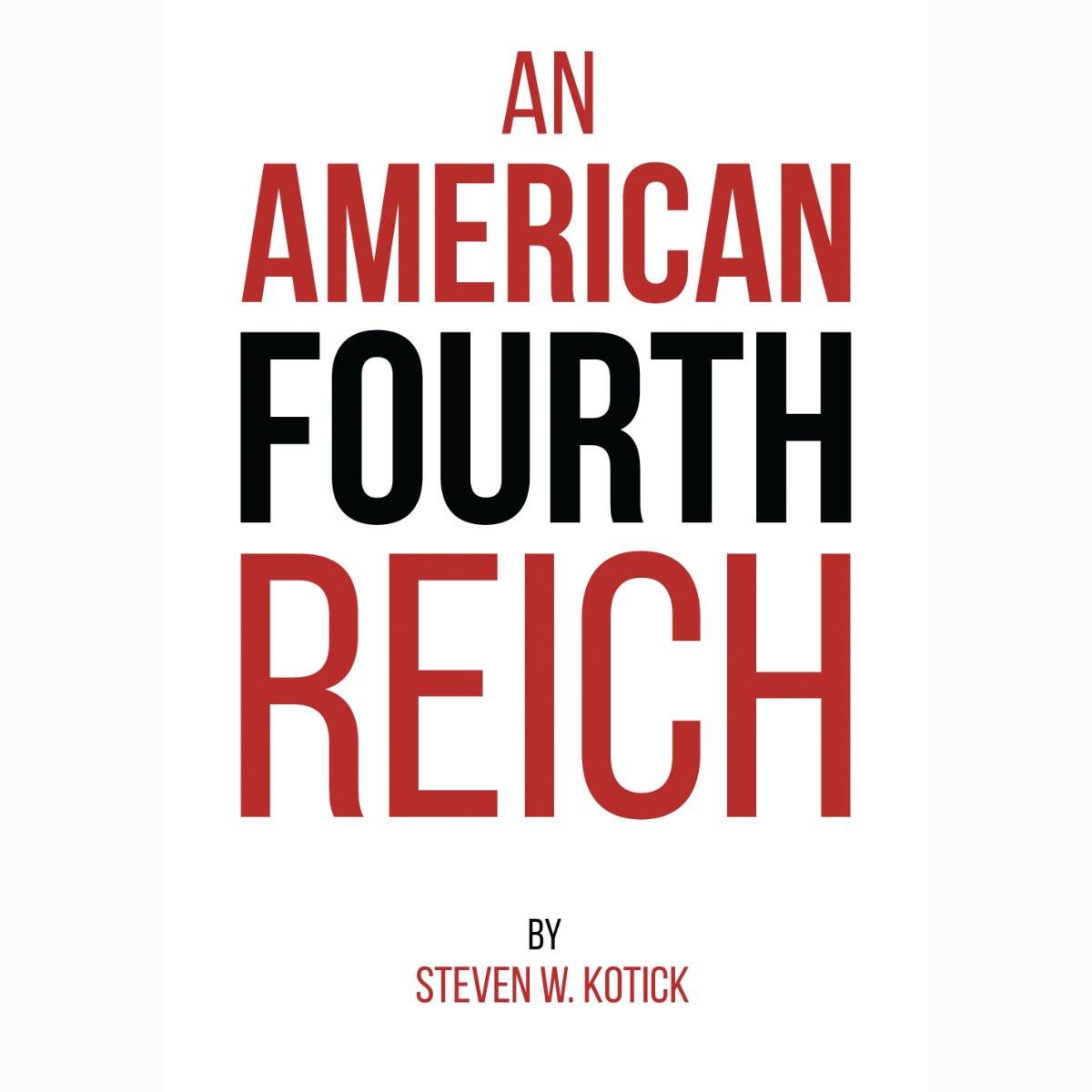The American Fourth Reich | Steven W. Kotick
The rise of anti-Semitism in the United States today has deep historical roots stretching back over 200 years. In 1685, the first Jewish community in America peti- tioned for the right to worship publicly but was denied, as this right was restricted to those who professed ""faith in Christ."" During the Civil War, Jews were scapegoated by both the Union and the Confederacy, culminating in General Grant's infamous. orders of expulsion in several states. By the early 20th century, anti-Semitism had grown, fueled by the Ku Klux Klan and prominent figures like Henry Ford and Father Coughlin, who spread anti-Semitic tropes. Even President Roosevelt, considered a friend of the Jewish people, refused safe harbor to a ship of Jewish refugees fleeing Nazi Germany. Today, this hatred resurfaces in the form of anti-Zionism, a new mask for the same old prejudices.
Against this historical backdrop, the President of the United States issues a shocking order, declaring Jews enemies of the state and forcing them into work camps—camps modeled after, but more deadly than, those created for Japanese Americans during WWII. The story follows two close friends, one interned in a camp, the other fleeing for his life, as they join a movement to end this terror. Spanning coast to coast, the narrative explores how ordinary American citizens are swept up in this wave of persecution, building to a harrowing and unforgettable conclusion.

